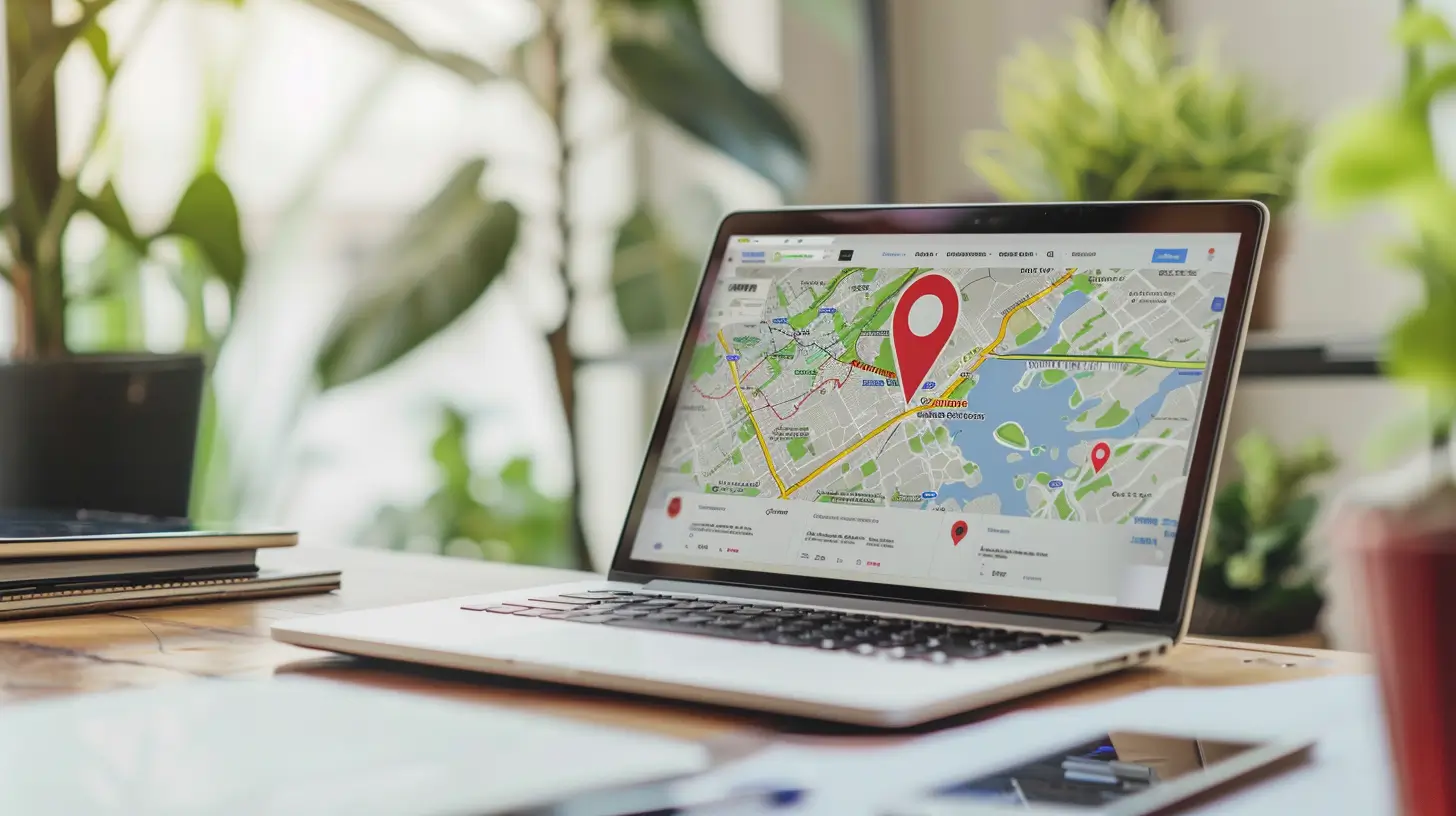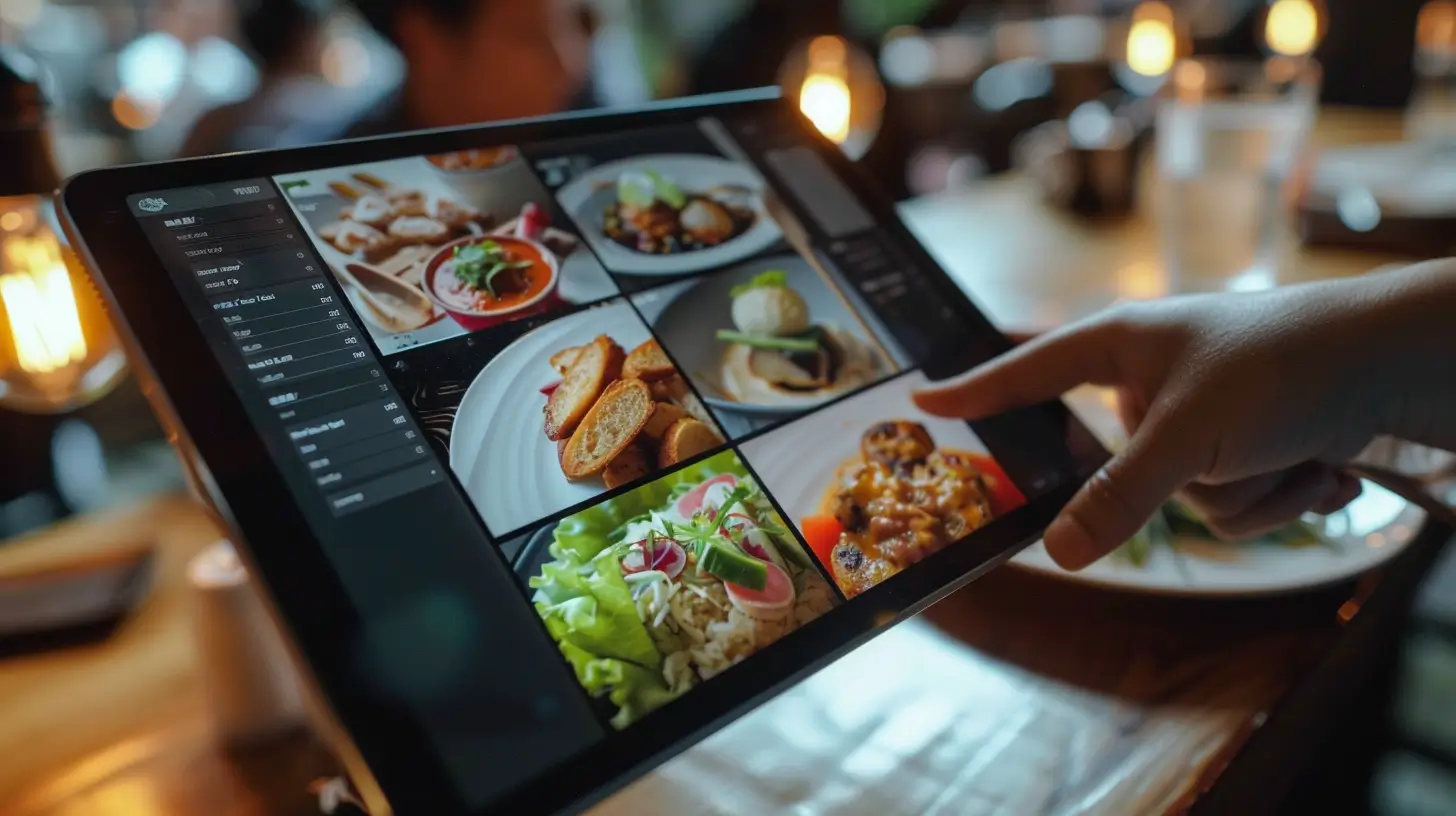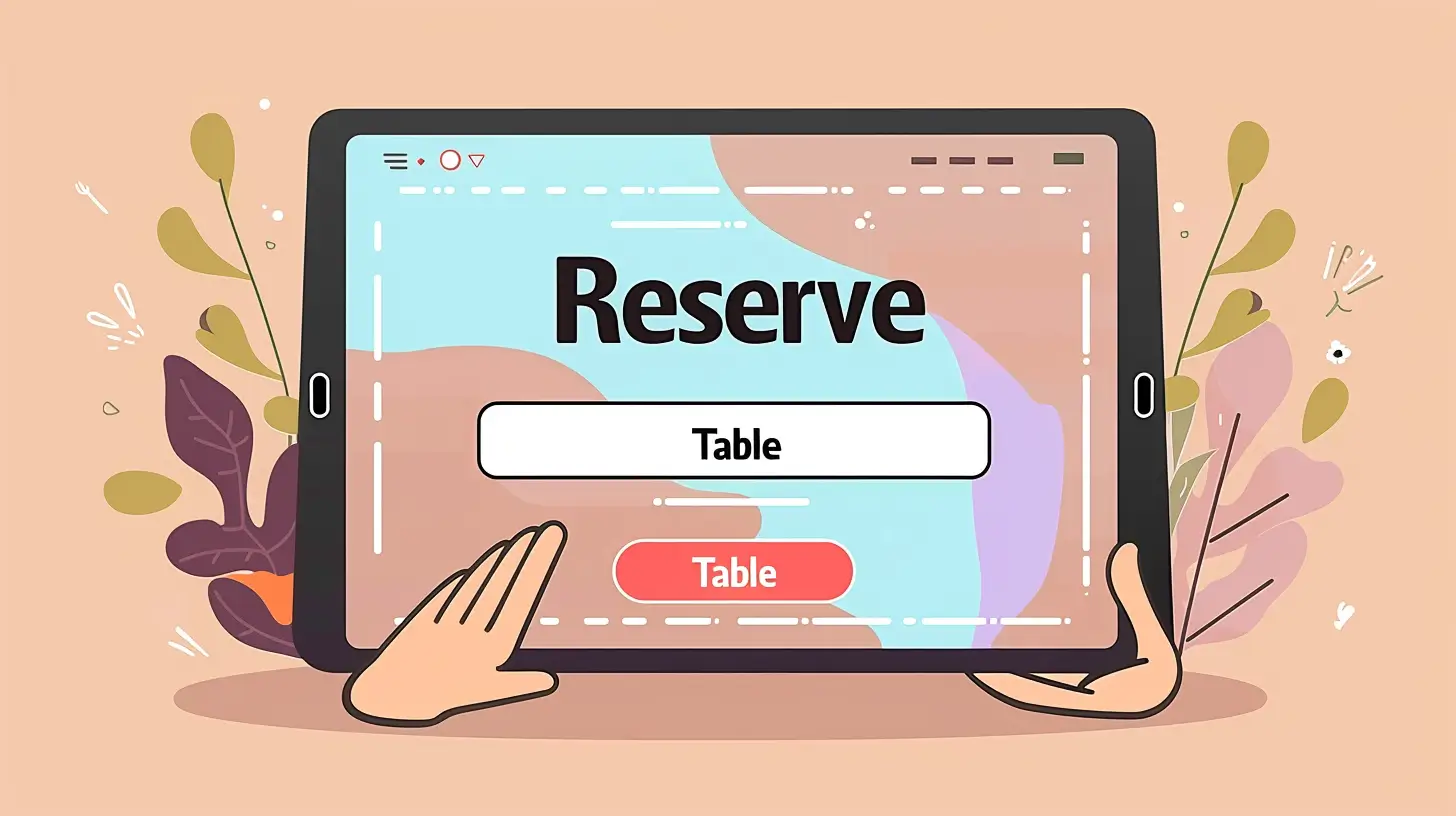October 26, 2025

Every day, millions of hungry people open their phones and type a simple phrase: “restaurants near me.”
It’s one of the most competitive search terms in local SEO—and one of the most profitable. When diners search for “restaurants near me,” they’re ready to eat, book, or order within minutes. For restaurant owners, ranking first in these searches can mean the difference between a full dining room and empty tables.
In 2025, success no longer depends on billboards or apps—it depends on being discoverable, fast, and trusted online.
This guide will show you exactly how to do that: how to make sure your restaurant appears first when customers nearby are searching for a place to eat.
Modern diners have changed how they discover food. With location-based searches rising over 200% in the last five years, visibility on Google Maps and local listings is now as important as the food itself.
To show up first, your restaurant’s website needs to satisfy three signals Google uses to rank results:
If you can optimize these three pillars, you’ll earn higher placement across Google Maps, search results, and mobile discovery tools.
Your website is the cornerstone of your local search ranking. It’s where Google learns what your restaurant serves, where it’s located, and whether customers trust it.
Learn how these details shape discoverability in The Basics of Restaurant SEO Explained.

Schema helps Google understand your restaurant’s exact details—menu, hours, and reviews—so it can feature them in search results. Adding local business schema boosts visibility in “near me” searches automatically.
Over 85% of “restaurants near me” searches happen on mobile. That means your site needs to load fast, look great, and guide users directly to your most important actions: view menu, book a table, or call now.
Read more in Mobile-First Websites: Why Restaurants Can’t Ignore Them.

Google crawls your menu just like any other page. An optimized digital menu doesn’t just help customers—it helps search engines understand your cuisine type and price range.
/menu/pasta-dishes.For further insight, see Online Menus: Why They Matter More Than Printed Ones.

Your Google Business Profile (GBP) is what appears in the “Map Pack”—the top three results for “restaurants near me.” Optimizing this listing can drastically increase your visibility.
Learn more from What Every Restaurant Owner Should Know About Google Business Profile.

Reviews are one of Google’s biggest ranking factors for local businesses. They also influence diners’ decisions more than any ad ever could.
Understand the SEO impact of reviews in How Reviews Impact Restaurant SEO (and What to Do About It).

Google prioritizes websites that prove local engagement. Your website should reflect your community involvement, ingredients, and partnerships.
Explore local growth strategies in How Restaurants Can Attract Local Customers Through SEO.

Backlinks signal authority to Google. When reputable local sources link to your restaurant’s site, it strengthens your prominence score.
For more backlink insights, read The Best Local Marketing Strategies for Independent Restaurants.

A slow website frustrates users—and Google notices. In 2025, Core Web Vitals (speed, interactivity, stability) directly influence ranking.
Learn how design impacts conversion in 10 Best Restaurant Websites (and What Owners Can Learn).

Your website’s job isn’t just to rank—it’s to convert. Clear, consistent CTAs guide visitors to take action.
See more conversion ideas in How to Turn Website Visitors Into Paying Diners.

Google rewards websites that stay current. Updating your menu, gallery, and events regularly tells search engines your business is active.
Read Seasonal Campaigns That Drive Website Traffic & Reservations for examples.

Understanding dining trends can help you align content with what diners are already searching for.
According to Dining Trends in 2025 Every Restaurant Owner Should Know, modern diners value:
Aligning your online presence with these expectations helps attract more searches organically.
Even without a dashboard, you can track progress through free tools like:
For guidance on evaluating ROI, see The ROI of a Restaurant Website: What Owners Need to Know.

Beyond search, the strongest ranking signal is real customer loyalty. Consistent branding, authentic communication, and community involvement naturally create backlinks, reviews, and engagement.
Learn how to shape this in How Restaurants Can Build Strong Local Brands.

Getting to the top of “restaurants near me” searches isn’t about hacks—it’s about alignment.
When your restaurant’s digital presence reflects the same care and personality as your dining experience, Google notices—and so do customers.
You don’t need an app to win local visibility. You need a fast, optimized website, clear local signals, and consistent updates.
Do that, and you won’t just show up when people search “restaurants near me.”
You’ll be the first choice every time they do.
Stay inspired with our latest deep dives into the dining world. From choosing the perfect restaurant for life’s milestones to deciding between a night out or cozying up with takeout, each article offers humanized insights, practical tips, and stories that celebrate the joy of food and hospitality. Explore what’s new and discover guides that make every dining decision more meaningful.